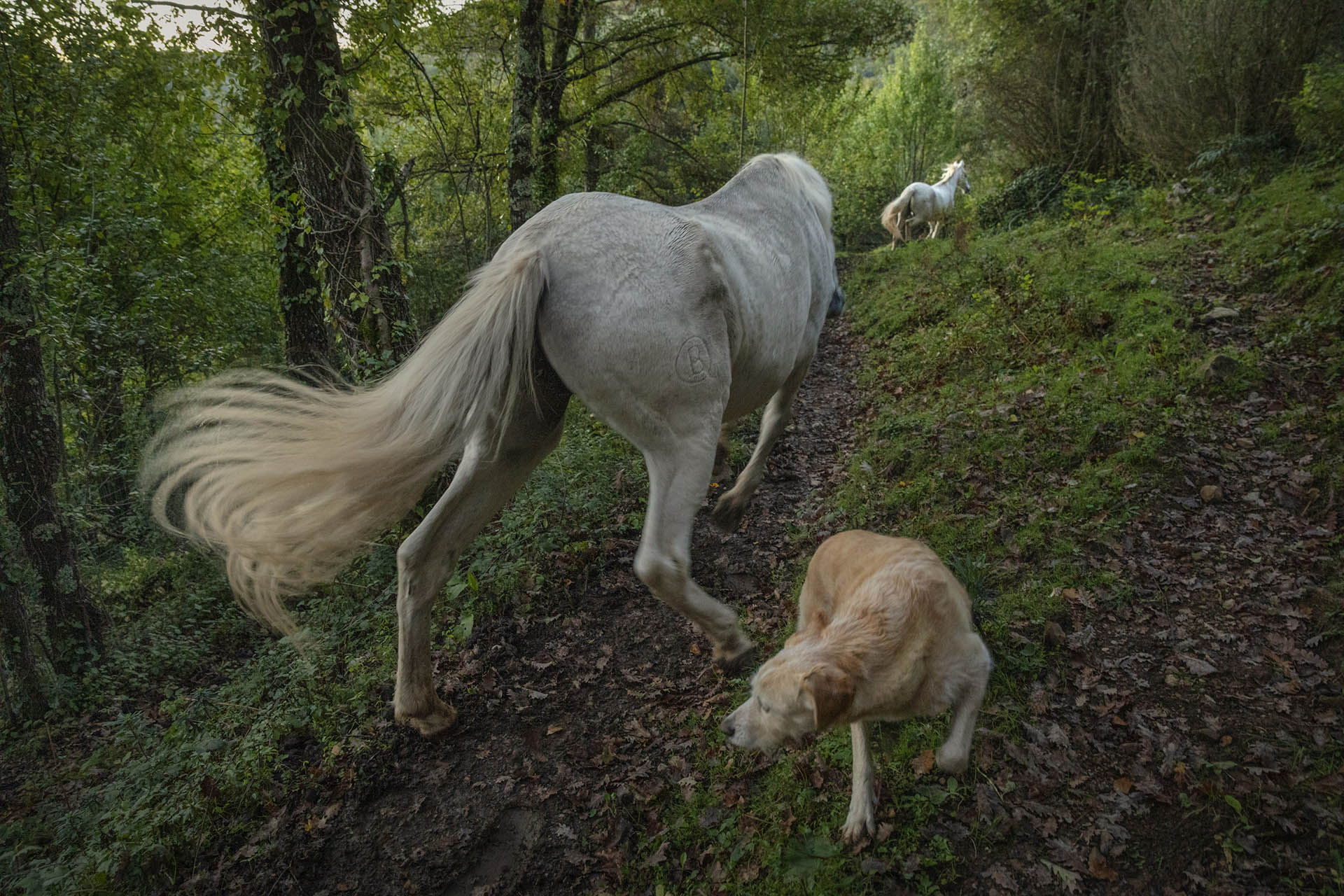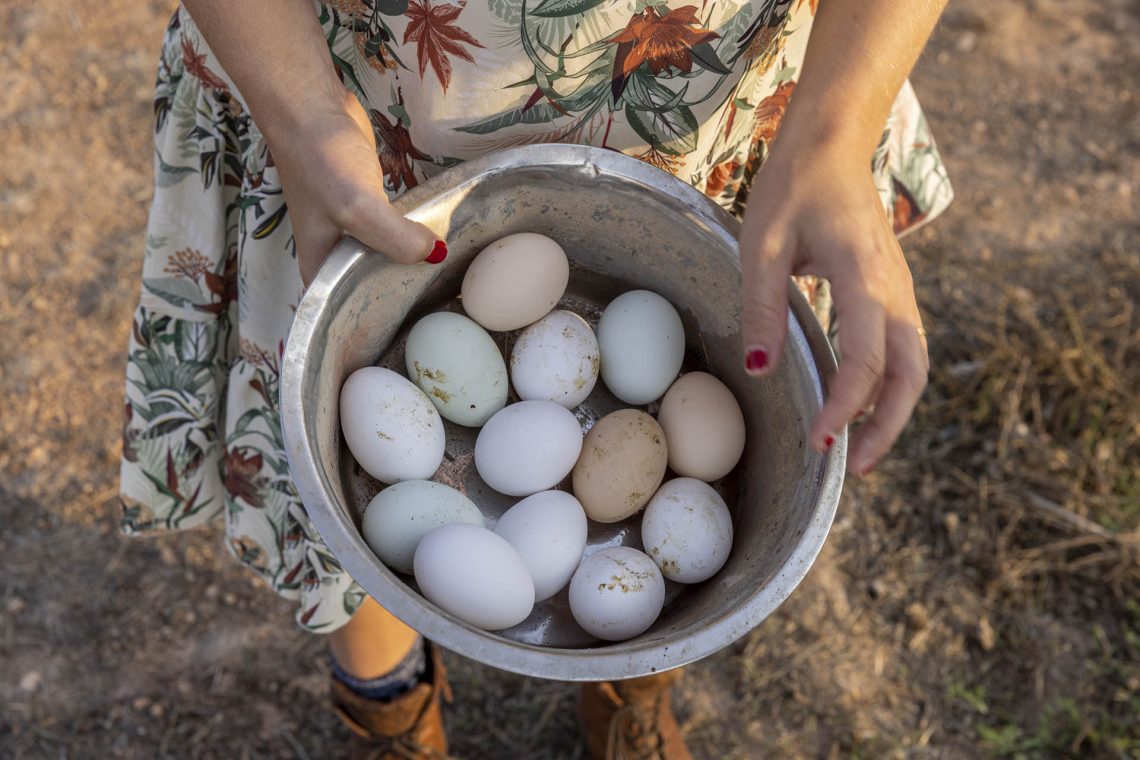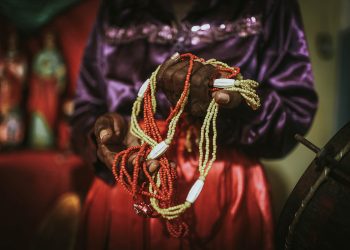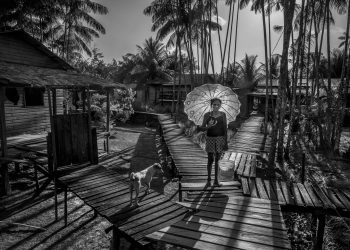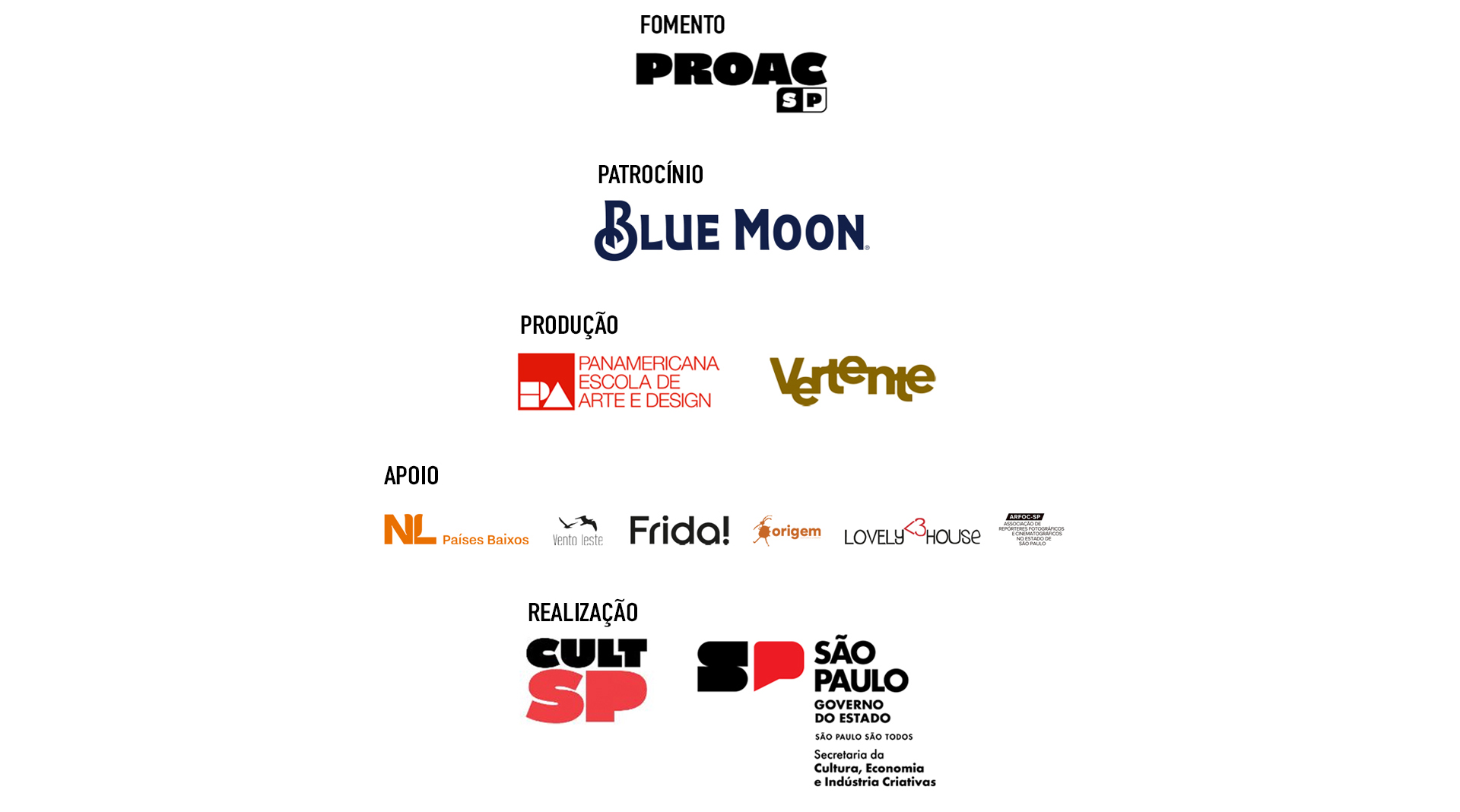Restoring the symbiotic and ethical coexistence between humans and animals is an urgent imperative amid nature’s degradation fueled by industrial agriculture, which accelerates climate change and biodiversity loss.
The photo essay Sanctuaria by Spanish photographer Ana Palacios—a finalist in the 2025 FotoDoc Photo Contest—captures animal sanctuaries as both havens of care and symbols of a new paradigm in human-animal relations. Her approach is defined by a subtle chromatic palette, crafting an atmosphere of silent, tender harmony.
A 2010 trip to India marked a turning point for Ana Palacios, catalyzing her shift from film producer to documentary photographer. Since 2015, she has fully dedicated herself to personal projects that expose injustices while illuminating pathways for transformative change.
Resgatar a simbiose e a coexistência ética e sustentável entre humanos e animais é uma tarefa urgente diante da degradação da natureza com o avanço da indústria agropecuária, que contribui para acelerar as mudanças climáticas e a perda da biodiversidade.
O Ensaio Sanctuaria, da fotógrafa espanhola Ana Palacios, finalista do Prêmio Portfólio FotoDoc 2025, retrata santuários animais, espaços de acolhimento e símbolos de uma nova relação entre humanos e animais. Sua abordagem prima pelo cromatismo sutil, que cria uma atmosfera de harmonia silenciosa e terna.
Uma viagem à Índia em 2010 marcou uma virada na vida de Ana Palacios, sendo decisiva para sua migração profissional de produtora cinematográfica para fotógrafa documental. Desde 2015, ela atua plenamente em seus projetos autorais, que são dedicados a expor injustiças, mas também iluminar possibilidades de mudança.
Check out the details in the interview below.
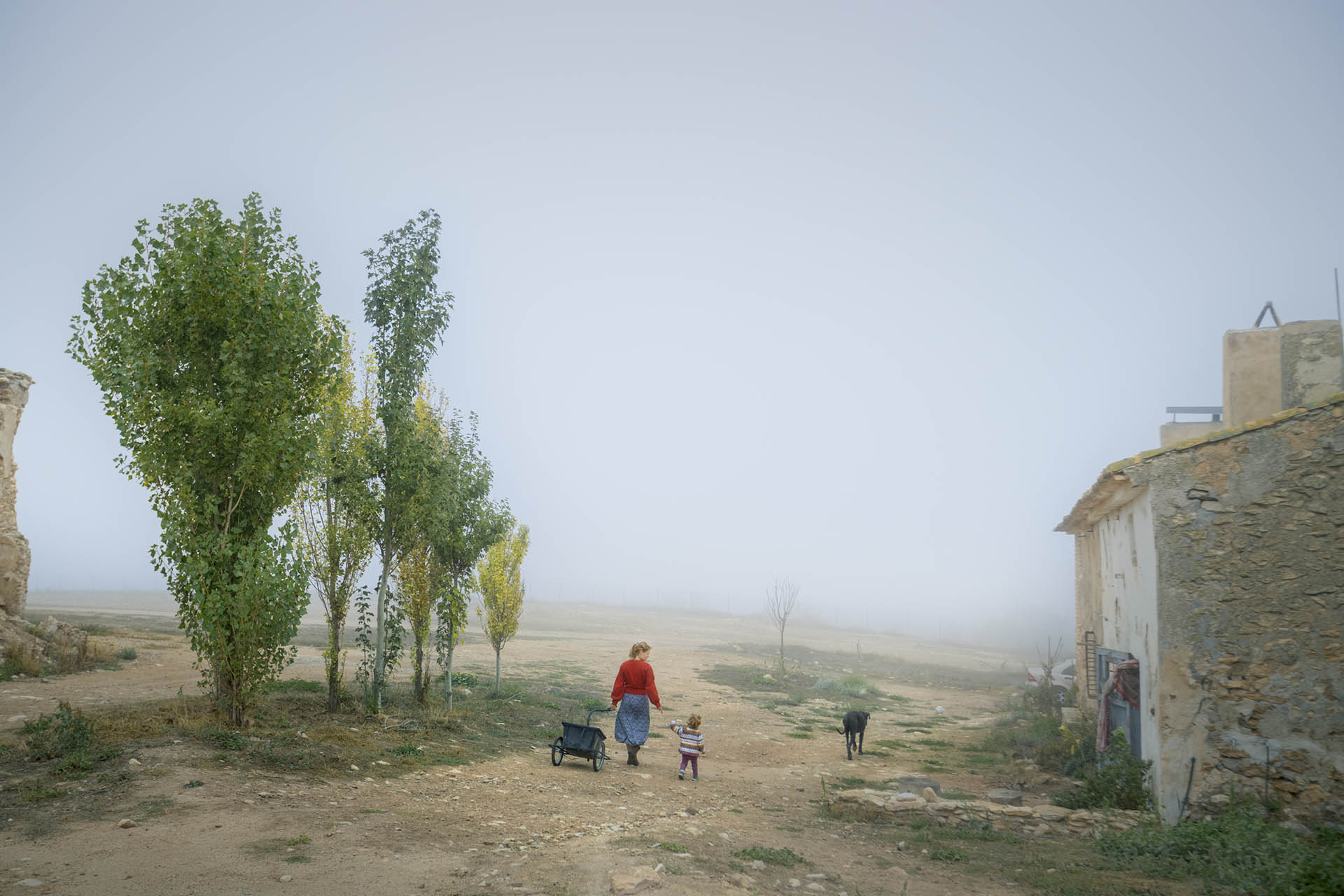
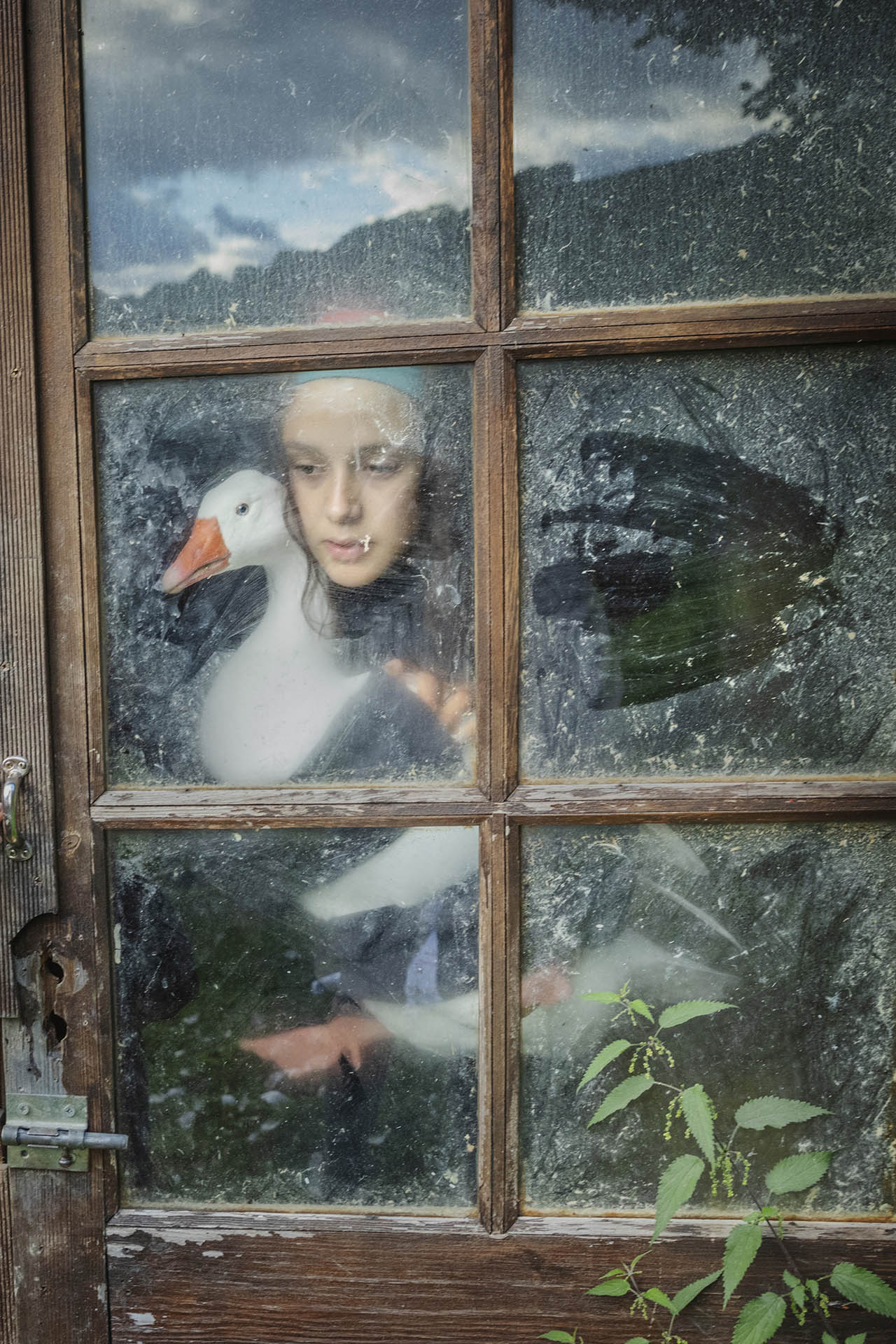
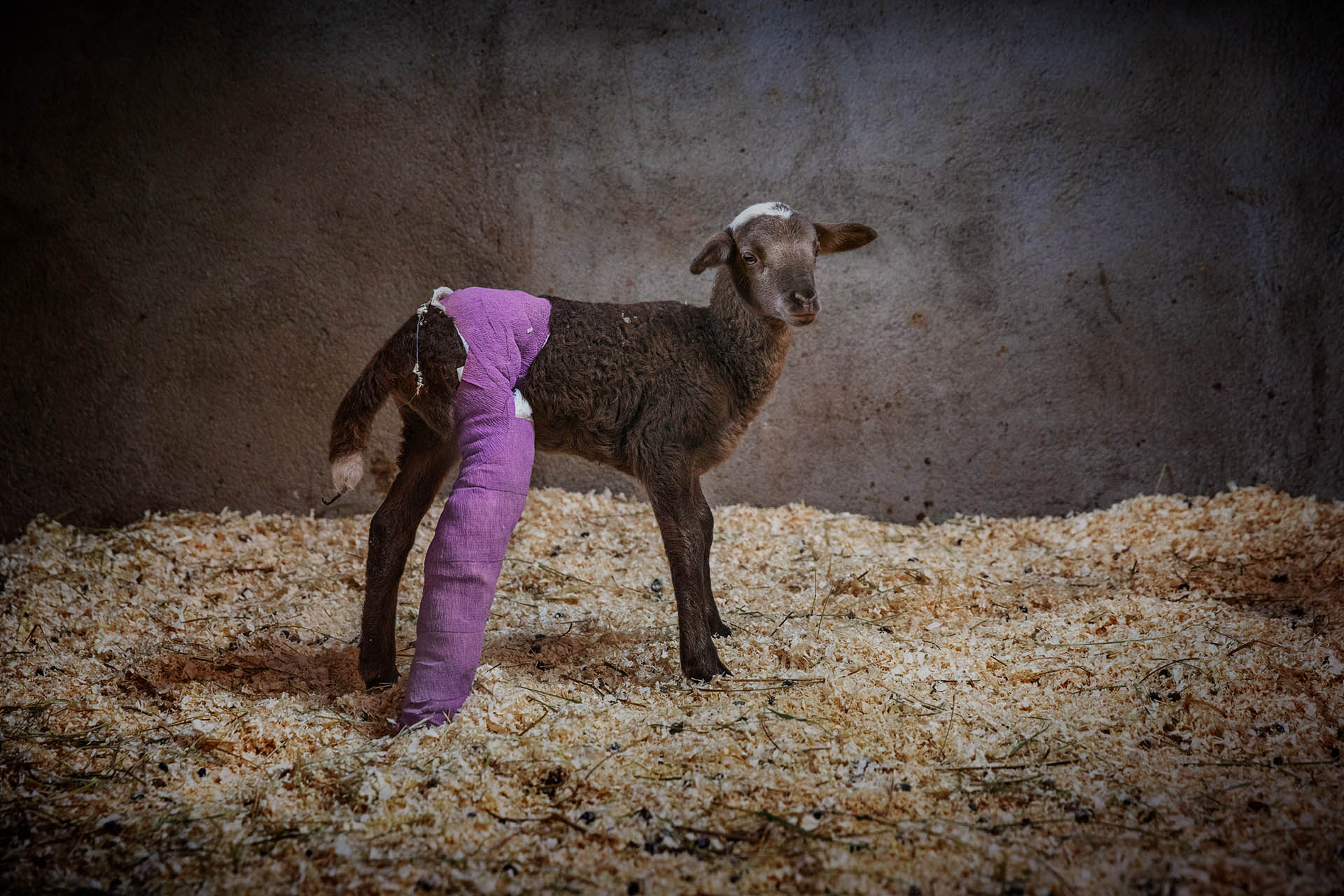
How old are you? Where do you currently live and work?
I am 52 years old. I live in Spain and work worldwide.
Tell us about your journey in photography. When did you start photographing and why?
Photography had always been my second love, but for many years my professional life was dedicated to film production in Hollywood film productions shot in Spain. After 17 years in that world, I felt the need to do something more meaningful. In 2010, I travelled to India to document the work of the Sisters of St Ana in international cooperation projects. On my return, I saw how my photographs inspired others to get involved and contribute. That experience revealed to me the transformative power of photography, and little by little, I transitioned my professional career, from cinema to documentary photography focused on human rights, environmental and Animal Welfare issues — fully dedicating myself to it in 2015.
What role does photography play in your life?
Photography is my way of understanding and engaging with the world. It allows me to document stories from the “broken corners” — vulnerable communities and realities that rarely make the news — and to approach them with rigor, empathy, and respect. Through images, I can be a witness, an interpreter, and at times, a catalyst for change.
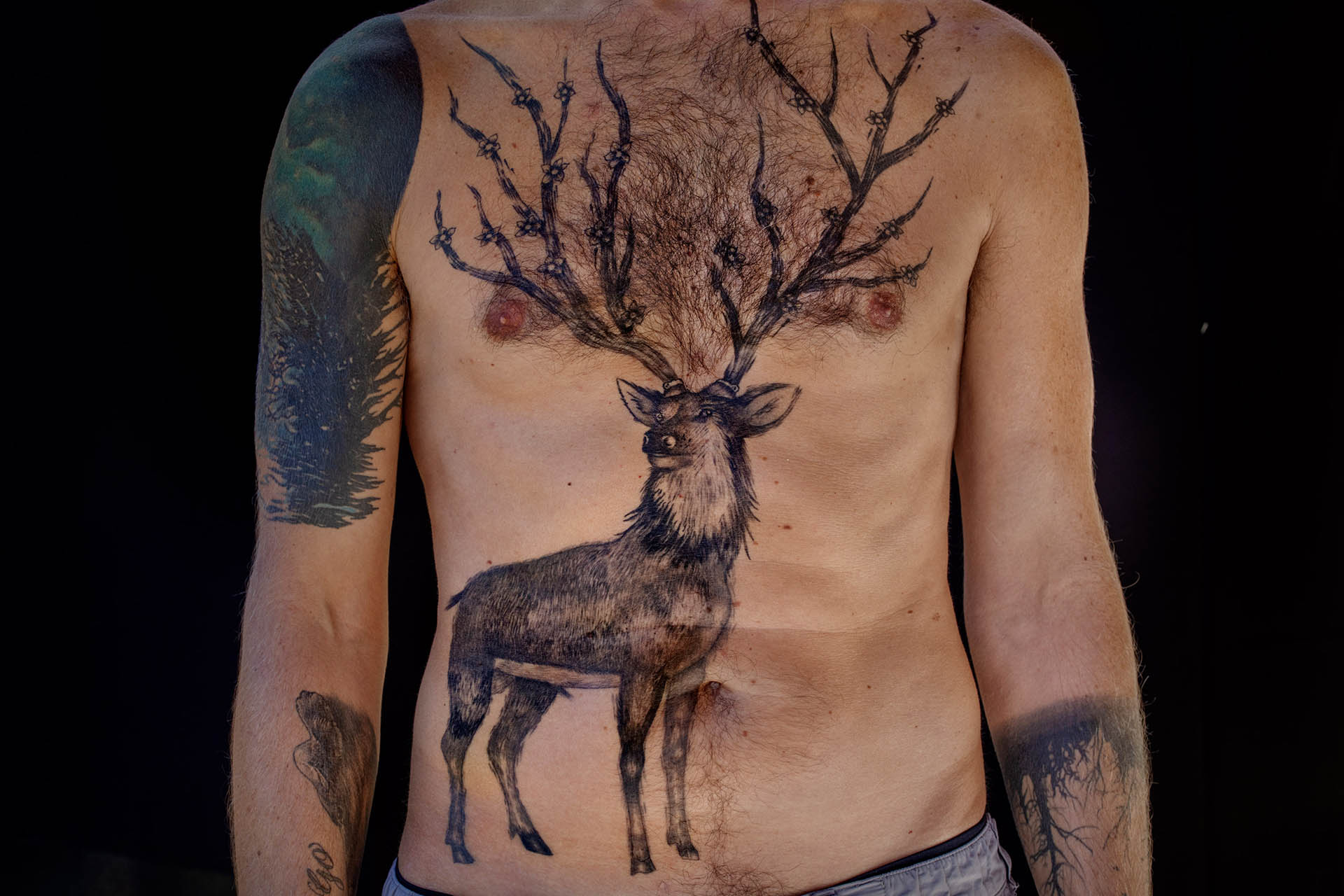
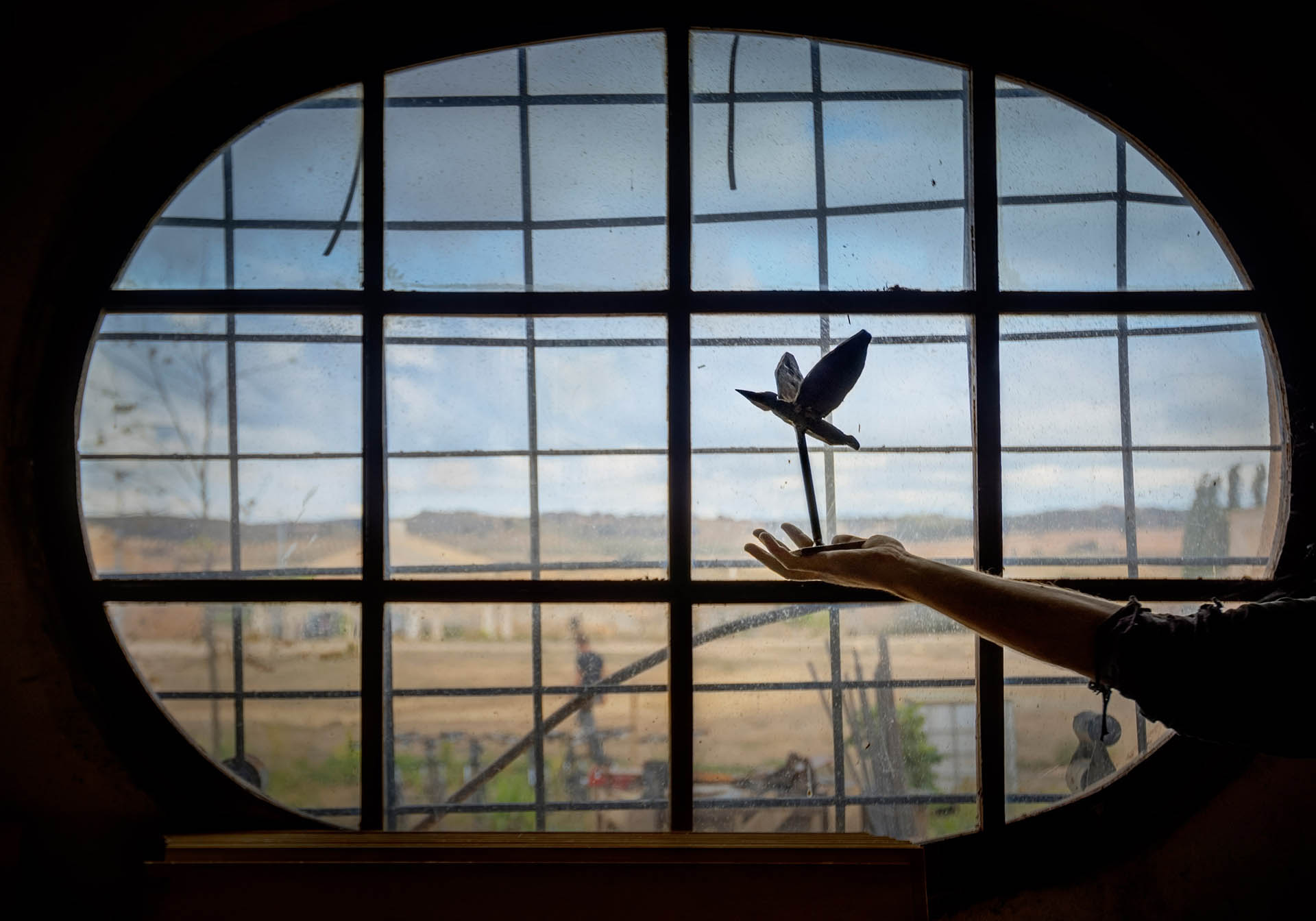
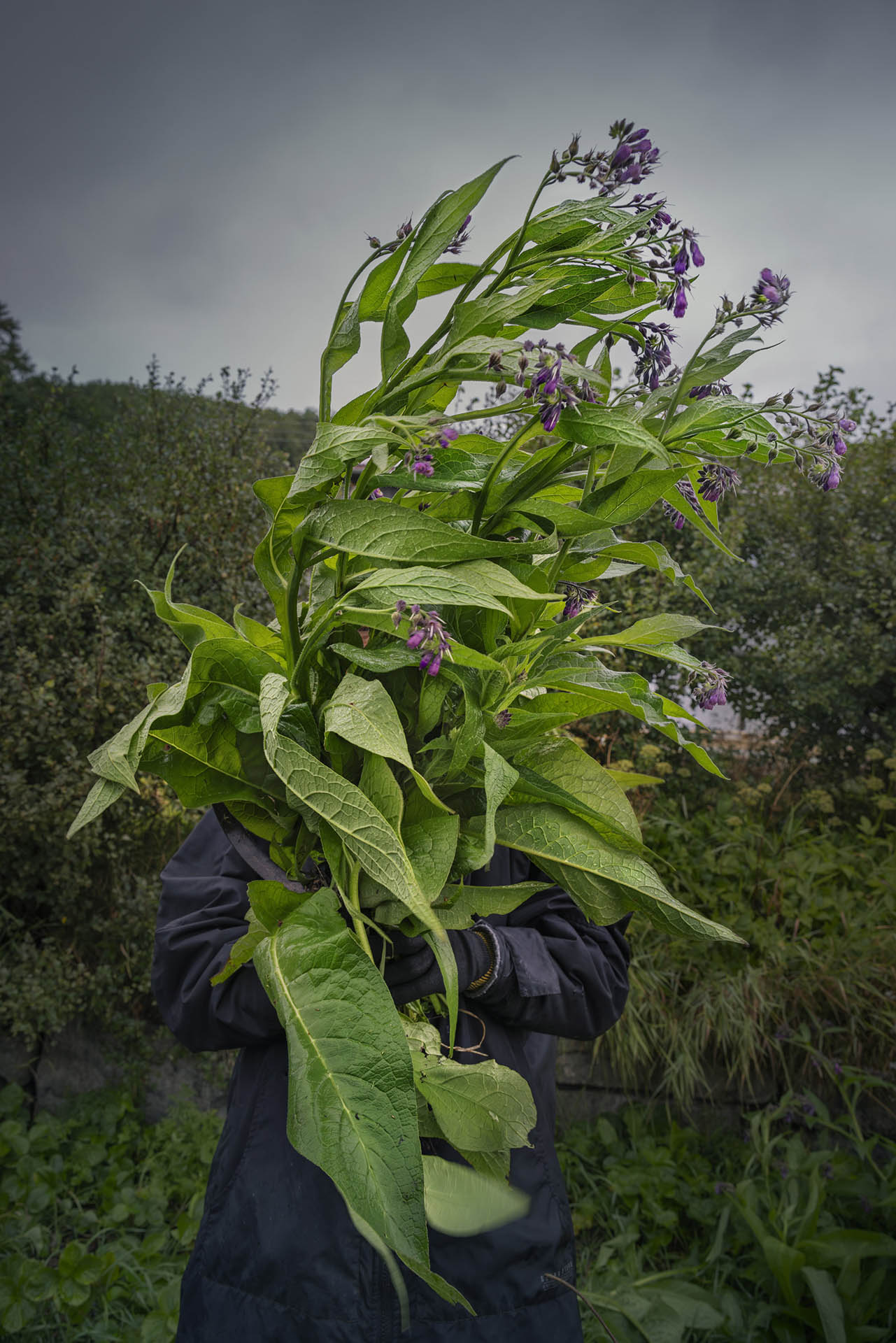
Tell us about your finalist work for the FotoDoc Photo Contest 2025.
‘Sanctuaria’ is a photo essay that explores life in animal sanctuaries and secure spaces for animal welfare. Beyond their care for animals, these places embody a philosophy of environmental conservation and a call for a more sustainable relationship between humans and nature. They challenge the devastating impact of factory farming — a major driver of greenhouse gas emissions, deforestation, and biodiversity loss — by advocating for respect for animals and for the planet’s finite resources.
The close link between industrial animal exploitation and the degradation of the Earth is central to the sanctuaries’ mission. They propose a radical shift in our consumption habits and in the current economic and social paradigm. ‘Sanctuaria’ seeks to spark critical reflection on our coexistence with non-human animals, using a documentary and journalistic approach to highlight the complexity and importance of these initiatives within broader debates on ethics, rights, and sustainability.
When and where was it created?
It is an ongoing project that began in 2021.
What is its concept?
It is a documentary exploration of sanctuaries as both physical refuges for animals and as symbols of a new paradigm in human–animal relations. The project weaves together themes of animal welfare, environmental protection, and ethical consumption to question our extractive systems and inspire sustainable coexistence.
How does it fit into your photographic practice?
My work consistently focuses on underrepresented realities, approached with depth, respect, and constructive journalism. ‘Sanctuaria’ aligns perfectly with this vision — it is not only a denunciation of environmental and ethical issues, but also a showcase of concrete, inspiring alternatives.
What projects are you currently working on? What are your near-future plans for photographic production?
I am working on several long term projects. I just came back from Zambia documenting Neglected Tropical Diseases in rural areas. I am also documenting Teresa’s daily life, a woman who lives with a neurodegenerative disease in a small village of Spain. And, of course, I am documenting more sanctuaries and animal rescue centers as I am preparing a book and an exhibition with the complete work for 2026.
My goal is to keep building narratives that not only expose injustices but also offer pathways for positive change.
